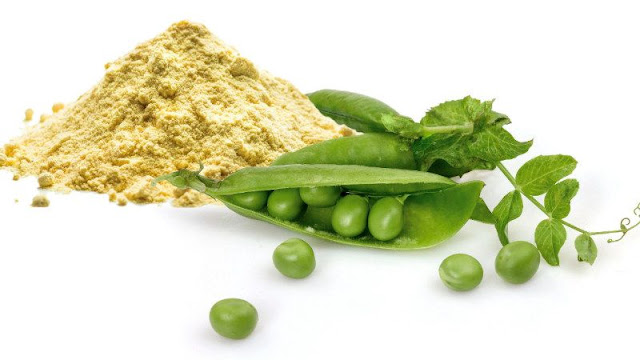The Rise of Pea Protein: A Plant-Powered Protein Source
 |
| Pea Protein |
In recent years, pea protein has emerged as a popular plant-based alternative to traditional animal-based protein sources. As more people adopt plant-based diets or seek alternatives to animal products, pea protein has gained recognition for its nutritional benefits and versatility.
In this blog post, we will explore the rise of pea protein, its unique characteristics, and the reasons behind its growing popularity as a plant-powered protein source.
According to Coherent Market Insights, Global Pea Protein Market was valued at US$ 234.88 Million in 2021 in terms of revenue, exhibiting a CAGR of 10.4% during the forecast period (2022 to 2030).
The Power of Pea Protein
Pea protein is derived from yellow split peas, which are legumes known for their high protein content. It is a complete protein, meaning it contains all nine essential amino acids that our bodies need for optimal health. Pea protein is also hypoallergenic, making it suitable for individuals with allergies or sensitivities to other protein sources such as dairy or soy.
Nutritional Benefits
Pea protein offers several nutritional benefits. It is a rich source of protein, containing around 20 grams of protein per serving. It is also low in fat and carbohydrates, making it a favorable option for those looking to support weight management or follow a low-calorie diet. Additionally, pea protein is free from cholesterol and gluten, making it suitable for individuals with specific dietary requirements or preferences.
Digestibility and Absorption
One of the advantages of pea protein is its high digestibility. It is easily broken down and absorbed by the body, making it an efficient protein source. Unlike some plant-based proteins that may cause digestive discomfort, pea protein is well-tolerated by most individuals.
The main factor that is fueling the growth of Dairy Nutrition Market include the increasing popularity of functional foods and the rising consumption of dairy protein for muscle building in youth.
Sustainability and Environmental Impact
Pea protein has gained attention for its positive environmental impact. Peas are nitrogen-fixing plants, which means they have the ability to convert nitrogen from the air into a form that enriches the soil. This reduces the need for synthetic fertilizers, making pea cultivation more sustainable compared to other crops. Additionally, pea protein production requires less water and land resources compared to animal-based protein sources, making it a more eco-friendly choice.
Versatility in Use
Pea protein's neutral taste and smooth texture make it highly versatile in various culinary applications. It can be easily incorporated into smoothies, baked goods, protein bars, soups, and more. Pea protein powder is also a popular choice for athletes and fitness enthusiasts looking to enhance their protein intake and support muscle recovery.
Among regions, Asia Pacific held a dominant position in the Soy Protein Market in 2022, owing to the increasing production of soybean in this region.
As the demand for plant-based protein sources continues to rise, pea protein has emerged as a nutritious and sustainable option. With its complete amino acid profile, high digestibility, and versatility, pea protein offers a viable alternative to animal-based proteins.



Comments
Post a Comment